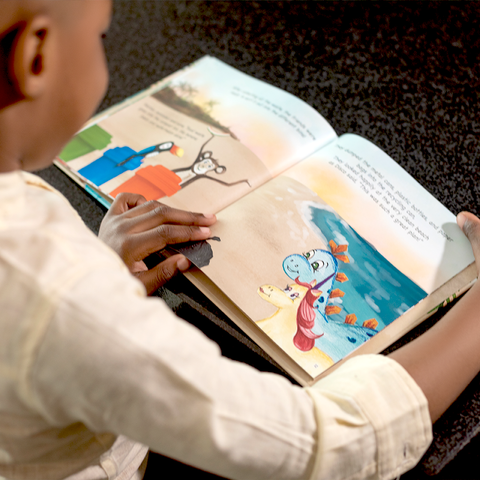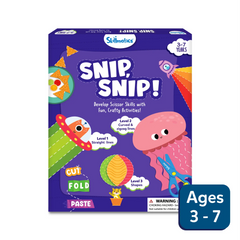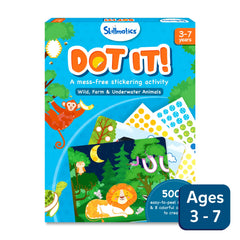
Why Play is Serious Fun at 3
From giggling at peek-a-boo to rearranging magnets on the refrigerator to making up characters and acting them out, playtime in any form is crucial to the development of a child’s brain. By the time they are three years old, your little one has developed over one trillion connections between various parts of their brain, connections that are made and strengthened through play.
From Toddler to Preschooler
At three years, your child is transitioning from toddler to preschooler. They are beginning to meet a wide range of social, emotional, cognitive, and fine-motor skill milestones. Their creative imagination is peaking and possibilities for learning are endless. Whether they are pointing at pictures in their favorite books, asking family members to try out their favorite toy (again), getting creative with DIY arts and crafts projects, or simply running around with other kids, your three-year-old is constantly picking up, storing, and processing new information. Given the direct correlation between play and children’s development, choosing learning toys that excite them and further stimulate their growth is an excellent idea.

Arts and crafts projects stimulate creativity and build fine motor skills
Developing core skills through play
As they grow into the preschooler stage, your child will begin stretching their speaking, counting, and observation muscles. Look for activities and learning toys that encourage making connections, matching objects such as colors and numbers, and simple letter recognition games. Matching wooden puzzle pieces to objects, playing a letter finding game, or simply searching their room for colors is a great way to build skills through play.

Imagination, and more!
At three years old, your child’s imagination shoots for the moon. From hours of dressing up as their favorite characters, hiding and seeking, and opening up their own creative restaurants and stores, encouraging pretend play helps your little one experiment with different social and emotional roles. Pretend play also stimulates your little one intellectually. While playing airplane, for instance, your child can practice planning ahead by packing for their imaginary trip and acting out a certain role by pretending they are the captain or a flight attendant.

Fuel creativity and encourage imaginative thinking through My World.
Movement and Learning
In addition to learning through play, it’s also a great idea to help active three-year-olds release all of their energy and master cognitive skills through coordinated movements. Throw a dance party, count the stairs as you climb them, have a balancing contest on one leg, or teach your little one to roll or throw a ball around. Doing so can help sharpen their memory, improve their focus and attention, and help them learn to regulate emotions in a healthy way. Physical activities also help your child learn about themselves and the world around them, whether they feel their heartbeat after running and play with other children on a playground. Look for active learning toys to stimulate your child’s body and mind.

Scavenger Hunts like Found it! are a great way to practice creative problem solving.
Wind Down and Curl Up
When it’s time to help your child unwind and enjoy some quiet time, curl up and introduce them to the world that will inspire them for their whole life: books. Skillmatics’ original series Mambo & Friends will help develop not just their vocabulary but will also stimulate their creative imagination through fun story telling.

Learning Through Play - It’s Always Been the Best Idea
The Greek philosopher Plato believed children should learn “not by compulsion, but by play.” Embrace these playful years of child development and encourage family playtime as much as possible. It can be as simple as playing a guessing game, going on an impromptu scavenger hunt, setting up an imaginary restaurant, having a stuffed animal parade, or curling up with your favorite book. These playful moments lead to more than just fun, they can unlock a lifetime of learning potential.












